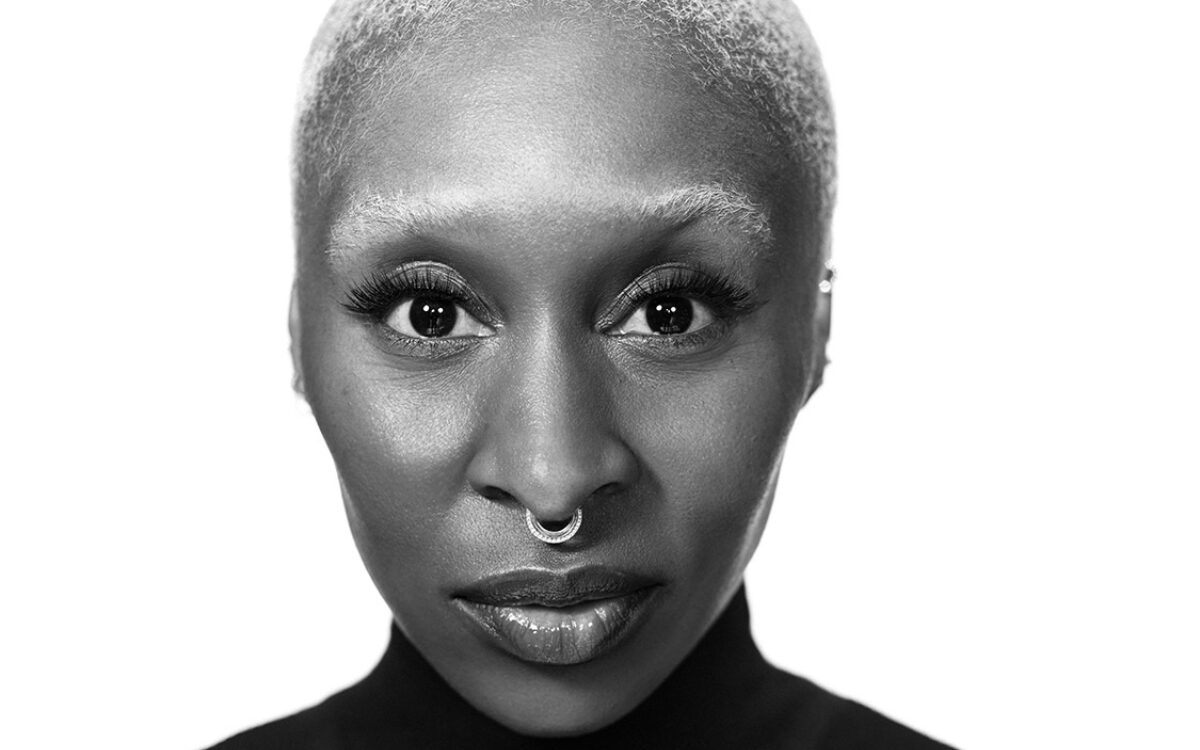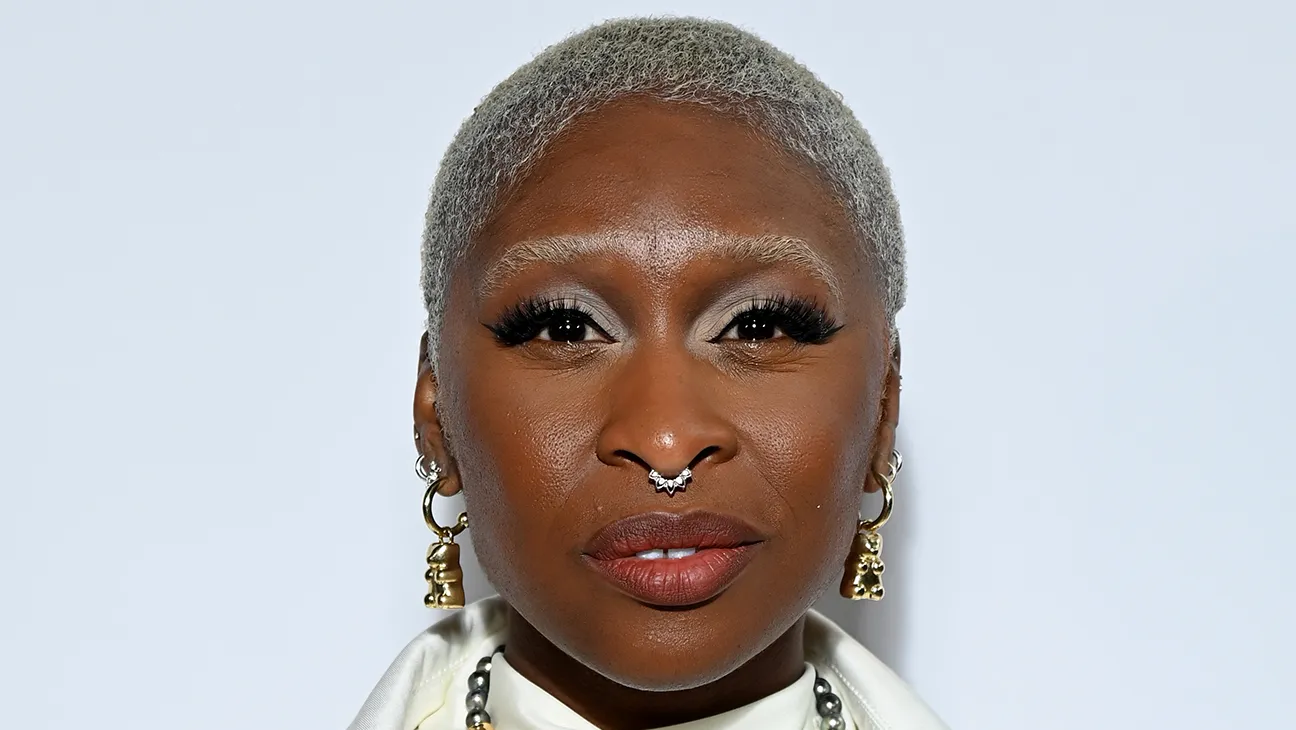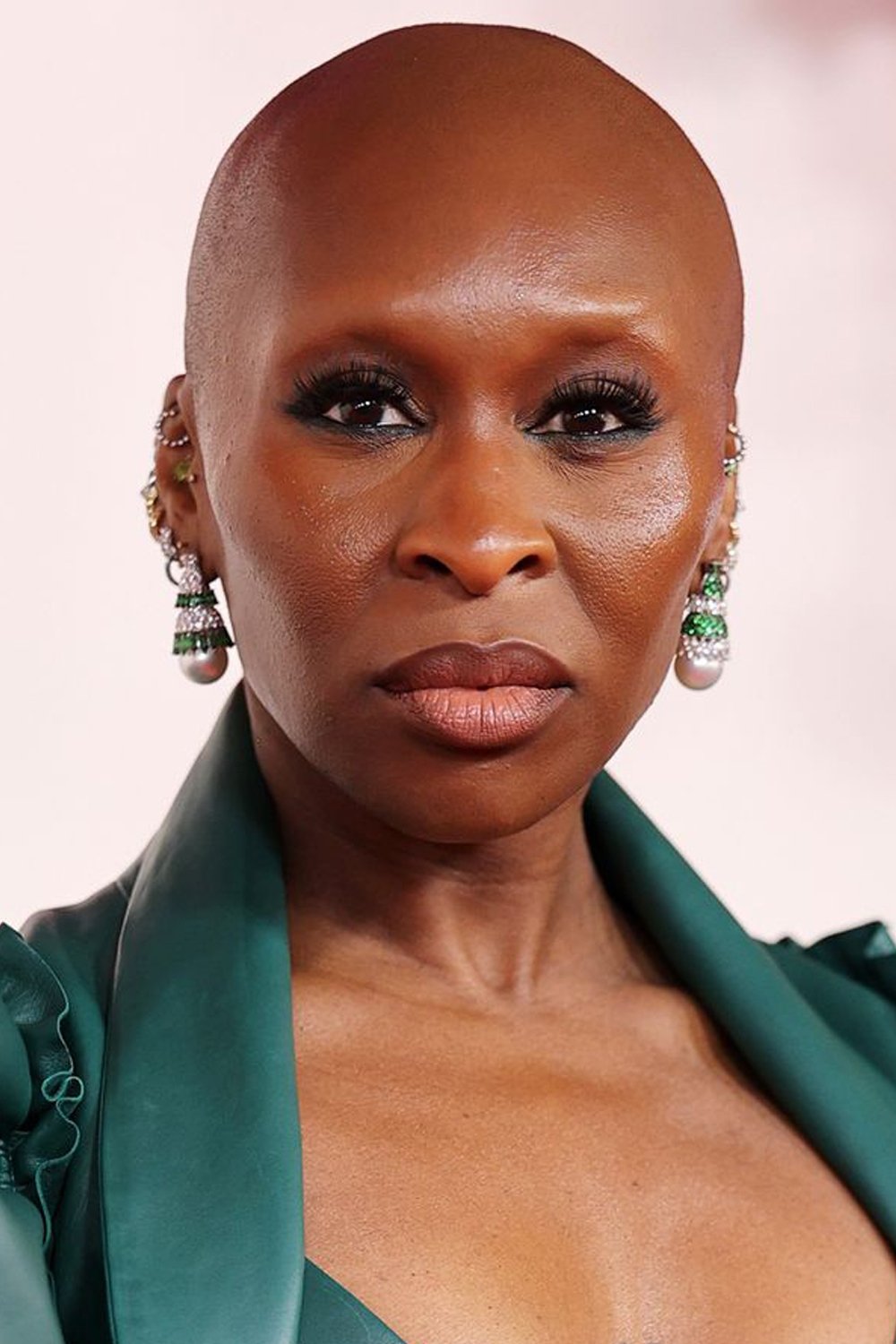When we talk about Cynthia Erivo, we often think about her incredible talent as an actress and singer. But lately, there’s been a buzz around something called the 'Cynthia Erivo disease.' Sounds dramatic, right? Well, buckle up because this article dives deep into what it means, where it came from, and why it matters to you. If you’re curious about what’s going on with this topic, you’re in the right place.
Now, before we get into the nitty-gritty details, let me just say that this is not your average celebrity gossip piece. This is about understanding a topic that’s been thrown around in conversations lately. Whether you’re a fan of Cynthia Erivo or just curious about the term, this article will give you all the tea—or should I say, the facts.
So, let’s break it down. What exactly is the Cynthia Erivo disease? Is it real? Is it something we should worry about? Or is it just another sensationalized term that’s been blown out of proportion? Stick with me, and we’ll uncover everything you need to know.
Read also:Anna Enger The Rising Star Among Ritch Kids In The Spotlight
Who Is Cynthia Erivo? A Quick Bio
Before we dive into the disease, let’s take a step back and talk about who Cynthia Erivo really is. If you’ve been living under a rock, Cynthia is a British-Nigerian actress and singer who’s made waves in both theater and film. She’s one of those rare talents who can belt out a song like nobody’s business while also delivering powerhouse performances on screen.
Cynthia Erivo: The Early Years
Let’s rewind to where it all began. Cynthia was born on January 8, 1987, in London, England. Her parents are Nigerian immigrants, and growing up, she was surrounded by music and culture that would later influence her career. Her journey to stardom wasn’t easy, but she worked hard and paid her dues.
Here’s a quick look at her early life:
- Born in Streatham, London
- Parents are Nigerian immigrants
- Grew up surrounded by music and theater
- Started performing in school plays and local choirs
Cynthia Erivo: Career Highlights
Fast forward to today, and Cynthia is a household name. She’s best known for her role as Celie in the Broadway production of "The Color Purple," which earned her a Tony Award, an Emmy, and a Grammy. Not too shabby, right? But her talents don’t stop there. She’s also made a name for herself in Hollywood, starring in films like "Harriet" and "Widows."
Here’s a snapshot of her career:
- Tony Award-winning performance in "The Color Purple"
- Starred in the film "Harriet" as Harriet Tubman
- Nominated for an Oscar for her role in "Harriet"
- Emmy Award winner for Outstanding Lead Actress in a Limited Series or Movie
What Is the Cynthia Erivo Disease?
Alright, now that we’ve covered who Cynthia is, let’s tackle the big question: What is the Cynthia Erivo disease? The term has been floating around in recent months, and it’s sparked a lot of curiosity. But here’s the thing—it’s not exactly a medical condition. Let me explain.
Read also:Rachel Bernard Hot Girls Wanted The Ultimate Guide To Her Career Life And Impact
The “Cynthia Erivo disease” is more of a metaphor than a literal illness. It’s a term that’s been used to describe the phenomenon of overworking oneself to the point of exhaustion. Think of it like this: Cynthia is known for her relentless work ethic and dedication to her craft. She’s often pushing herself to the limit, and while that’s admirable, it can also take a toll on her health.
So, the term “Cynthia Erivo disease” has been adopted to describe the pressures of perfectionism and the toll it can take on one’s mental and physical health. It’s a reminder that even the most successful people can fall victim to burnout if they don’t take care of themselves.
Is It a Real Medical Condition?
Let’s clear the air here. The Cynthia Erivo disease is not a recognized medical condition. It’s more of a cultural term that’s been coined to highlight the dangers of overworking oneself. That being said, the symptoms associated with it are very real. Things like chronic fatigue, stress, and anxiety are all too common in today’s fast-paced world.
According to a study by the American Psychological Association, chronic stress affects millions of people worldwide. It can lead to serious health issues if left untreated. So, while the “Cynthia Erivo disease” might not be a medical diagnosis, the underlying issues are definitely worth paying attention to.
The Impact of Overworking: Stats and Facts
Now that we know what the Cynthia Erivo disease is, let’s talk about the impact of overworking. It’s not just celebrities who are affected—this is a problem that affects people from all walks of life. Here are some stats to give you an idea of just how widespread the issue is:
- According to the World Health Organization, burnout is now classified as an occupational phenomenon.
- A study by the Harvard Business Review found that 67% of employees experience burnout at some point in their careers.
- The cost of stress-related illnesses in the U.S. alone is estimated to be around $300 billion annually.
These numbers are staggering, and they highlight the importance of addressing the issue. Whether you’re a CEO, a stay-at-home parent, or a student, the pressure to perform can be overwhelming. That’s why it’s crucial to find ways to manage stress and maintain a healthy work-life balance.
Signs of Burnout
So, how do you know if you’re at risk of burnout? Here are some common signs to look out for:
- Feeling exhausted most of the time
- Loss of motivation or interest in work
- Increased irritability or frustration
- Decreased productivity
- Physical symptoms like headaches or stomach issues
If you’re experiencing any of these symptoms, it might be time to take a step back and reassess your priorities. Remember, it’s okay to take a break and prioritize your well-being.
How to Prevent Burnout: Tips and Strategies
Now that we’ve talked about the problem, let’s focus on the solution. Preventing burnout is all about finding balance and setting boundaries. Here are some practical tips to help you stay healthy and happy:
1. Set Realistic Goals
It’s great to aim high, but make sure your goals are achievable. Break them down into smaller, manageable tasks, and don’t be afraid to ask for help if you need it.
2. Take Regular Breaks
Working non-stop might seem like the key to success, but it’s actually counterproductive. Taking regular breaks can boost your productivity and help you stay focused.
3. Practice Self-Care
Self-care isn’t just a buzzword—it’s essential for your well-being. Whether it’s going for a walk, meditating, or spending time with loved ones, make sure you carve out time for activities that make you feel good.
4. Learn to Say No
It’s okay to set boundaries and say no to things that don’t align with your priorities. You don’t have to take on every project or obligation that comes your way.
The Role of Mental Health Awareness
One of the biggest factors in preventing burnout is mental health awareness. In recent years, there’s been a growing movement to destigmatize mental health issues and encourage open conversations about them. Celebrities like Cynthia Erivo have been vocal about the importance of mental health, and that’s something we should all take to heart.
Here are some ways you can support mental health awareness:
- Start conversations with friends and family about mental health
- Seek professional help if you’re struggling
- Advocate for mental health resources in your workplace
Why Mental Health Matters
Mental health is just as important as physical health, yet it’s often overlooked. The truth is, our mental well-being affects every aspect of our lives, from our relationships to our careers. By prioritizing mental health, we can create a healthier, happier world for everyone.
Final Thoughts: Taking Action
So, there you have it—the scoop on the Cynthia Erivo disease. While it’s not a medical condition, it’s a reminder of the importance of self-care and balance in our lives. Whether you’re a fan of Cynthia or just someone who’s concerned about their own well-being, this article has hopefully given you some food for thought.
Here’s a quick recap of what we’ve covered:
- The Cynthia Erivo disease is a metaphor for overworking oneself
- Burnout is a real issue that affects millions of people
- There are practical strategies to prevent burnout and prioritize mental health
Now, it’s your turn. What steps will you take to protect your mental and physical health? Leave a comment below and let me know. And if you found this article helpful, don’t forget to share it with your friends and family. Together, we can spread awareness and make a difference.
Table of Contents
- Who Is Cynthia Erivo? A Quick Bio
- Cynthia Erivo: The Early Years
- Cynthia Erivo: Career Highlights
- What Is the Cynthia Erivo Disease?
- Is It a Real Medical Condition?
- The Impact of Overworking: Stats and Facts
- Signs of Burnout
- How to Prevent Burnout: Tips and Strategies
- The Role of Mental Health Awareness
- Final Thoughts: Taking Action



